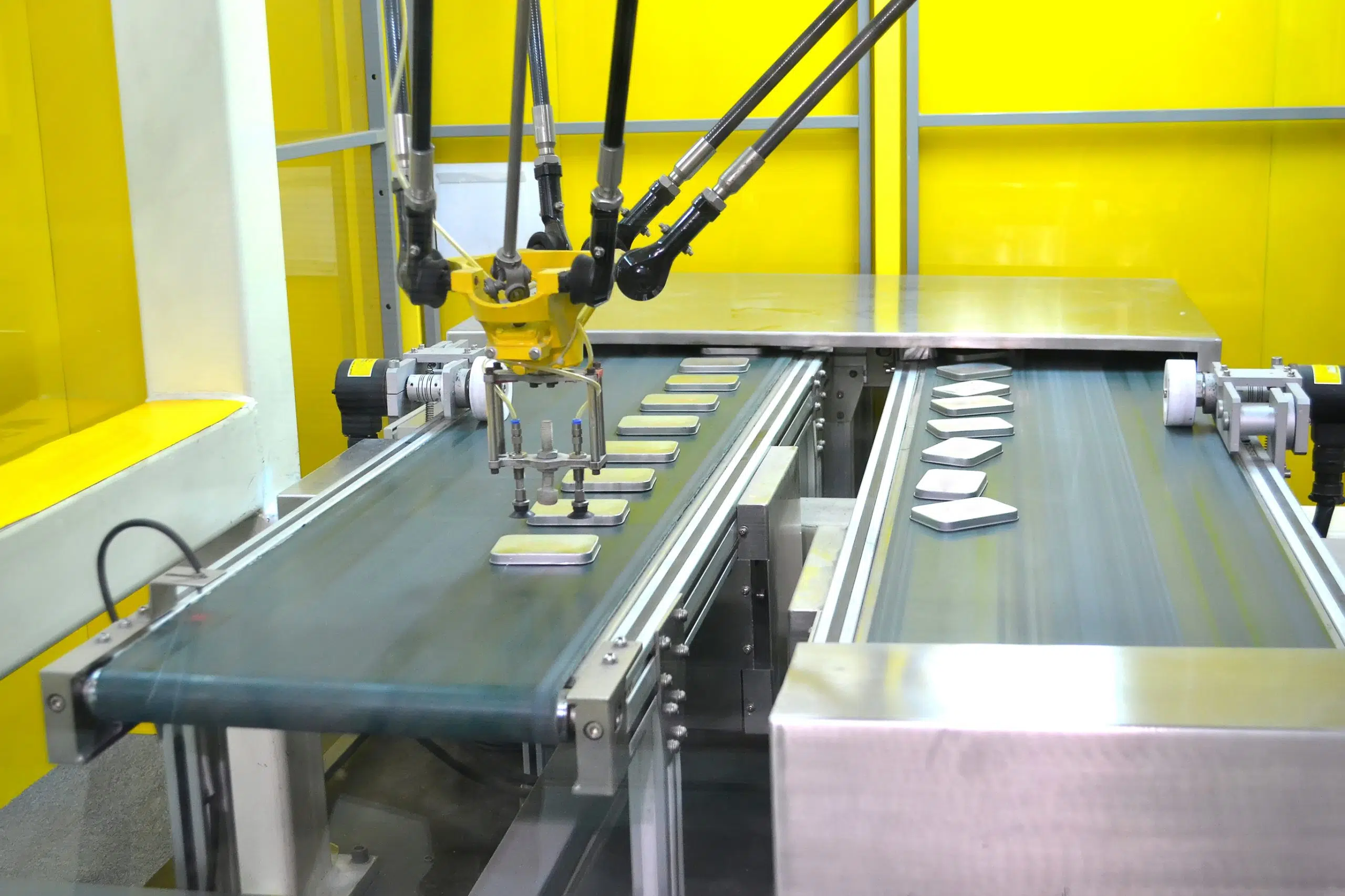
CHARBONNEAU: Re-humanizing work
MACHINES DO MANY THINGS BETTER THAN HUMANS – except being human.
Advances in technology have always generated anxiety. Workers during the Industrial Revolution of the 18th Century thought they would go “the way of the horse”. Steam-powered tractors had replaced horses and they feared, with spinning frames and power looms, that they were next.
The fear of job-loss due to automation is unavoidable. However, humans are better at “empathy jobs” and that’s where the future of work is heading.
A recent report from Canada’s Brookfield Institute studied Canada’s labour market and found 42 per cent of Canadian occupations are at high risk of automation in the next 10 to 20 years. (Working Without a Net: Rethinking Canada’s Social Policy in the New Age of Work from the Mowat Centre)


